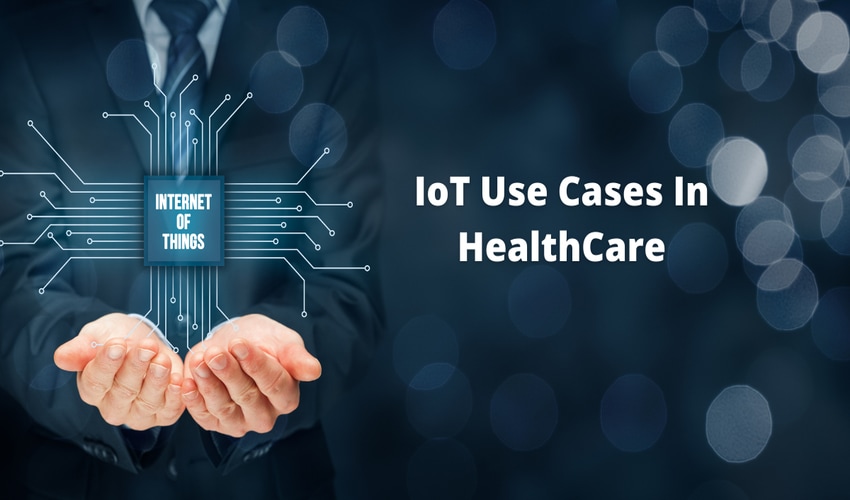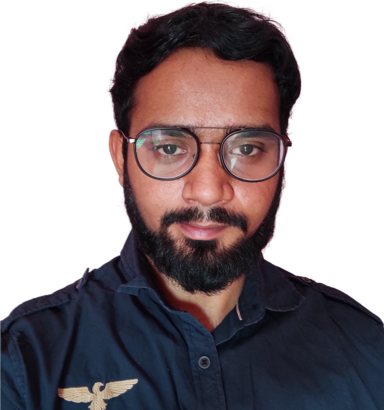
The Internet of Things is slowly but surely changing our lives and health care, an area where IoT can have a significant impact. The Internet of Things can make life easier and safer for healthcare professionals, improve patient comfort, reduce costs, and ultimately save lives.
So far, cases of health care use have focused on monitoring assets. For example, systems that allow nurses or other staff to quickly find the nearest defibrillator in an emergency. But things are starting to spread beyond that. Here are Seven really good cases of using IoT in healthcare.
Reduced waiting time
Sinai Medical Center in New York managed to shorten the inpatient waiting time for 50% of emergency patients by one hour. The medical center is equipped with 1,100 beds, and doctors receive more than 59,000 patients a year. About 90% of hospital beds are occupied by “guests”.
The facility piloted the AutoBed program developed by GE Healthcare. The goal of AutoBed is to find affordable beds for patients. AutoBed software can process up to 80 bed requests, monitor availability and availability, and take into account 15 patient needs, such as the ability to call a nurse.
Remote monitoring
Remote health monitoring or telemedicine has become one of the most obvious and popular applications of Internet of things (IoT) technologies in healthcare. In some cases, patients do not have to visit the emergency department or their doctor. The work of health workers is usually performed by various devices in combination with various applications. Physicians use remote monitoring to obtain more informed conclusions about patients’ health. With the help of telemedicine, the patient’s costs for visiting the hospital are reduced.
Mobile healthcare applications
People are moving away from passive trust in their doctor and want to take more and more control over their own health. Mobile health apps have been stepping into this gap for some time. For example, early wearable trackers recorded only the number of steps taken during the day. The current monitors many more things, including:
• Heart rate.
• Sleep patterns.
• How long you sit (with a reminder to get up and walk).
• Number of stairs you have climbed.
• How many calories have you burned.
• A specific activity you are engaged in.
Although these scientists do not like the trackers, they become more sophisticated over time. However, there are now even more health applications, and the FDA now has an approval process for them. Some applications are specific to chronic conditions, such as diabetes.
Doctors also use mobile health apps and their phone or tablet. It is very common to see a doctor enter the exam room with a tablet in one hand. Smartphones can now help perform certain medical examinations. In 2017, Basil Leaf Technologies won the X-Award for the iPad application with non-invasive sensors, which is considered the first “medical tricorder”. The system, called DktER, can diagnose 13 common diseases, including anemia and pneumonia, although we are still far from an automated diagnosis of everything.
Ensuring the availability of critical equipment
Modern hospitals cannot be imagined without the next generation of equipment. Some hardware is used to save or sustain human life. Like all electronic devices, this equipment is exposed to numerous risks, from power outages to system failures. Such cases put the patient on the brink of life or death. The Philips e-Alert system is designed to solve the problem. Instead of waiting for the device to fail, e-Alert predicts possible malfunctions, monitors medical equipment and alerts hospital staff to potential malfunctions.
Supervision of staff, patients and inventory
Ensuring safety is the main concern of every medical institution. In hospitals with multiple buildings and branches, including those with branches in different regions of the world, it is difficult to maintain maximum security without the ability to monitor assets – employees, patients and equipment.
Real-time positioning systems based on the use of IoT technologies facilitate tracking tasks.
Improved drug management
New forms of prescription drugs are one of the most exciting medical achievements that have come about thanks to the IoT. Tablets with the support of microscopic sensors can provide doctors with the best information about the condition of the patient’s internal organs.
For example, Proteus Discover, which uses tablets and built-in sensors and a patch that attaches to the body, provides a more complete picture of a patient’s health. The tablets contain a rice grain size sensor. Once the pill reaches the stomach, the sensor sends a signal to the patch. The patch is also equipped with sensors that record all received information and transmit it to the patient and the attending physicians.
Also, since 2015, the development of contact lenses for diabetics has been known. In April 2017, CNBC reported that Apple had hired a team of biomedical specialists. Researchers are developing optical sensors that brighten the skin to measure blood sugar levels. Other manufacturers have tried to devise a similar technology.
According to expert estimates, about 371 million people worldwide suffer from diabetes. Scientists from various pharmaceutical companies have been trying to find the best solutions to help these people for the last few years.
Treatment of chronic diseases
There are already several devices and technologies that help treat chronic diseases. The 21st century is a combination of technology, next-generation analytics and mobile communication. Utilities like Fitbit use the IoT to monitor personal health. This information can be shared with a doctor to get qualified help for a chronic illness.
Health Net Connect recently launched a community diabetes management program. The goal of the program is to improve clinical care and reduce medical costs for patients. The first results are obtained, but the company is committed to the development of technology.
Conclusion
The advent of the Internet of Things (IoT) technologies has led to exciting advances in the 21st century. IoT is now widely used In modern healthcare, it’s difficult to imagine Modern healthcare without IoT in this era. There is no doubt that the industry transformation will go beyond the six IoT use cases you read above.

Irshad Mohammad Is a graduate from an arts background, Currently working as a SEO analyst and content contributor at Mindmajix. He is a technology enthusiast who loves to write about AI,Machine Learning,Business Process Management,IoT courses Etc .You can reach out to him on Linkedin

